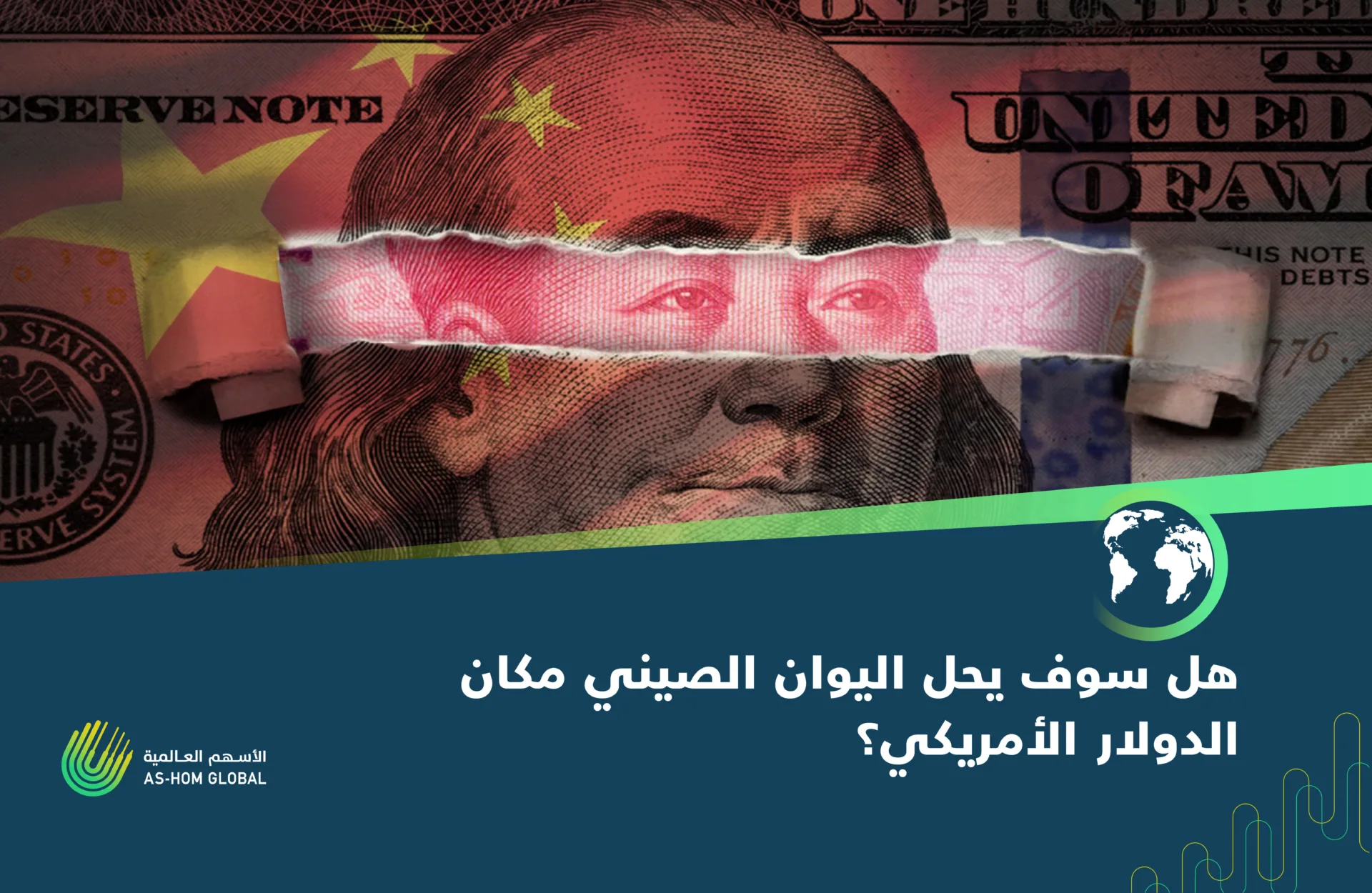The financial settlements resulting from global trade and investments witnessed a degree of stability after World War II, with the U.S. dollar emerging as a prominent currency on the international stage, earning significant trust from nations worldwide. Despite the U.S. decision in 1971 to abandon the gold standard, the dollar continued to attract global attention, constituting 60% of foreign exchange reserves. The United States succeeded in making the world bear the risks associated with dealing and holding the dollar.
Despite developments since the 2008 financial crisis, when European countries and China called for alternatives to the dollar in international financial settlements, the U.S. rejected those requests at the time and maintained its stance against any changes to its dominance in the global monetary and financial system.
Aspects of China's Economic Presence:
Since the beginning of the third millennium, the global economic scene has witnessed the emergence of a strong economic role for China, making Beijing the second economic power after the United States. According to 2021 International Monetary Fund statistics, China's GDP reached $17.7 trillion, representing 18.4% of the global GDP of $96.1 trillion in the same year.
China's economy has made significant progress globally, particularly in international trade, providing loans to less developed nations, and competing effectively with the U.S. and Europe in technology production. This technological competition is a crucial aspect of the economic rivalry between China and the U.S., and if China succeeds, it could lead the world economically.
China's merchandise exports amounted to $3.36 trillion in 2021, while its merchandise imports in the same period were $2.68 trillion, resulting in a trade surplus of $676 billion with the rest of the world. In 2016, China succeeded, through negotiations with the International Monetary Fund, in making its local currency, the yuan, one of the internationally recognized reserve currencies. This move paved the way for the yuan to establish its presence in the global monetary and financial system.
The Reality of the Yuan as a Reserve Currency:
The goal of making the yuan a reserve currency is to facilitate trade and financial exchanges between countries and China, allowing other nations to use the yuan as a means of payment. Consequently, there is encouragement to include the yuan in the currency reserves of central banks worldwide, aiming to enhance its use in international financial transactions. Since the yuan's inclusion as a viable reserve currency by the International Monetary Fund, China has sought to establish clearing centers in several regions, including Qatar and the UAE in the Gulf region, as well as other locations in Asia and Europe.
Both regionally and globally, China is working to promote the use of the yuan as a means of financial and trade settlement. Concerning the yuan's performance in foreign exchange reserves, it ranks fourth globally, comprising 2.8% of the total foreign exchange reserves in central banks. China is expected to continue enhancing the yuan's presence in international markets as a means of financial and trade settlement, as well as in the international yuan-denominated bond market.
Challenges Facing the Yuan:
China faces several challenges in the economic arena, notably the lack of full independence for the People's Bank of China, as government intervention affects its affairs. Additionally, the absence of the rule of law in China, within its current political system, leads to a lack of confidence in its currency by many nations.
On a domestic level, China is one of the largest investors in U.S. Treasury bonds, with holdings valued at one trillion dollars, ranking second globally after Japan. China also holds foreign exchange reserves of approximately $3.1 trillion. Concerning China's major trading partners, the United States accounts for 17.5% of China's merchandise exports. It is expected that the U.S. will continue to transact in its national currency in this context.
Regarding the top ten countries importing from China, Japan, South Korea, the United States, Australia, Germany, and Malaysia constitute a significant portion of these imports. Russia, at 2.8%, ranks at the bottom of the list. China's imports from Russia are heavily concentrated in oil and natural gas, making trade developments between the two countries more vulnerable to challenges.
In conclusion, China has entered the global economic arena, but achieving a competitive status for its currency requires addressing future pressures, particularly from the United States.




1 Comment. Leave new
Thanks for sharing. I read many of your blog posts, cool, your blog is very good.